Marinid (1244–1465)
The Marinid Dynasty Guardians of Art and Power
The Marinid Dynasty (1244–1465) rose from Berber roots to become a dominant force in Morocco. Expanding their rule across North Africa, they fortified cities, built grand madrasas, and promoted Islamic scholarship. Known for their architectural achievements, including Fez’s stunning Bou Inania Madrasa, the Marinids shaped Moroccan culture. Despite internal struggles, their legacy remains in Morocco’s education, arts, and urban development.
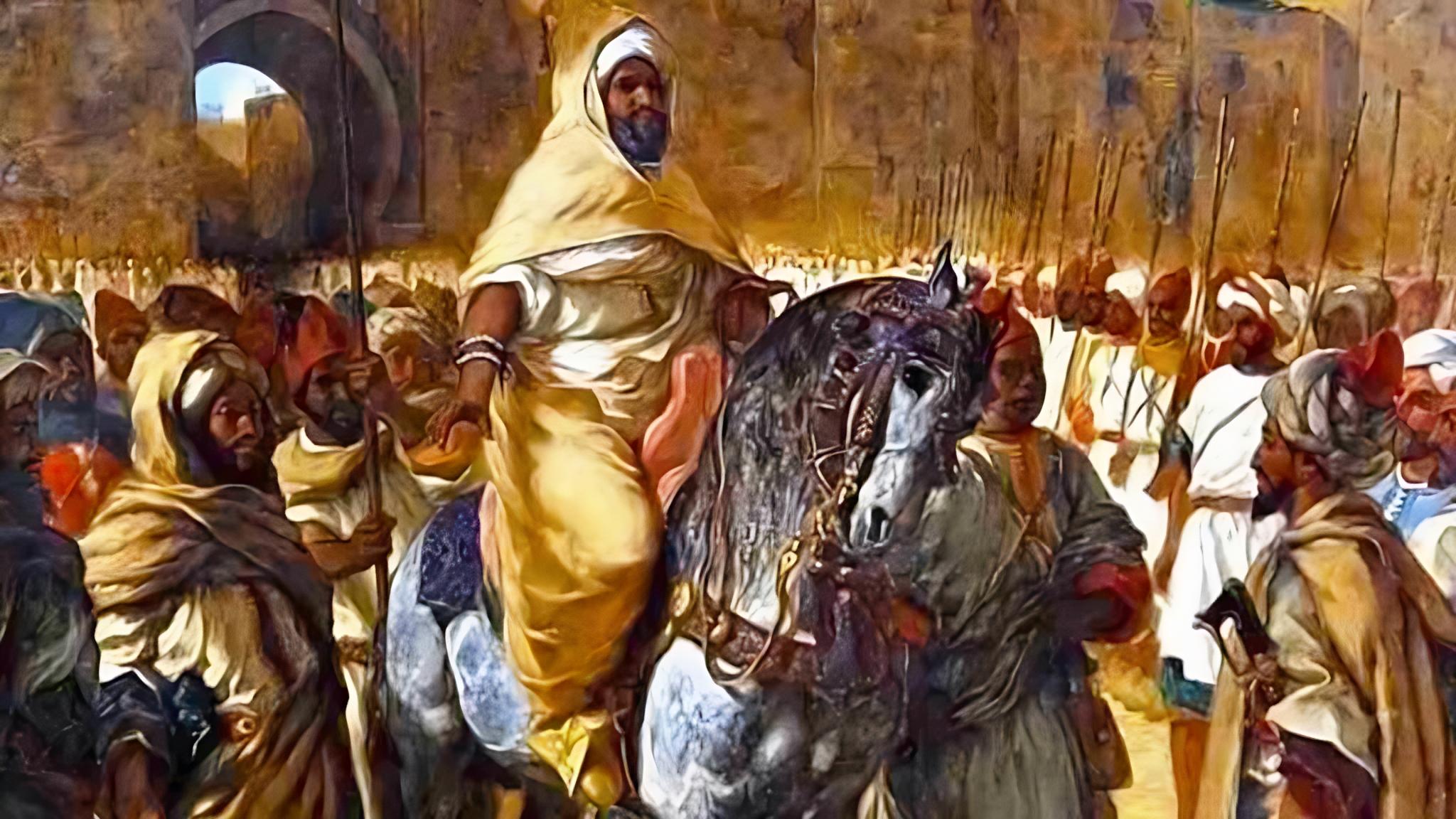
The Rise of Marinid Power
Abu Yahya ibn Abd al-Haqq
Abu Yahya ibn Abd al-Haqq was the founder of Marinid rule in Morocco. Rising to power in 1244, he led the Marinids against the weakening Almohads, establishing their dominance. His reign focused on expanding territory and securing control over Fez, laying the foundation for the dynasty. Though his rule ended in 1258, his efforts set the stage for Marinid expansion, marking the beginning of a dynasty that would shape Morocco for over two centuries.
A Dynasty’s Turning Point
Abd al-Haqq II
Abd al-Haqq II was the final ruler of the Marinid Dynasty, reigning from 1420 to 1465. His rule was marked by internal challenges and the growing influence of the Wattasids. As political dynamics shifted, he struggled to maintain authority. In 1465, he was overthrown in Fez during a popular uprising, signaling the transition of power to the Wattasid Dynasty. Despite this change, the Marinid legacy endured through their architectural and cultural contributions.

Rulers of the Marinid Dynasty Expanding a Legacy
The Marinid Dynasty rose to power through strategic leadership and military strength, shaping Morocco’s history for over two centuries. From Abu Yahya’s early conquests to Abu Inan Faris’s cultural advancements and Abd al-Haqq II’s final reign, each ruler played a key role in governance, architecture, and scholarship.
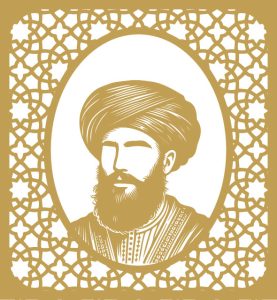
Abu Yahya ibn Abd al-Haqq
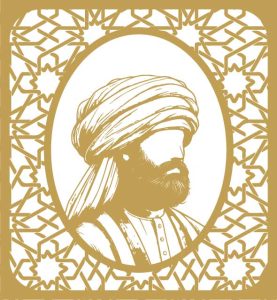
Abu Yusuf Yaqub
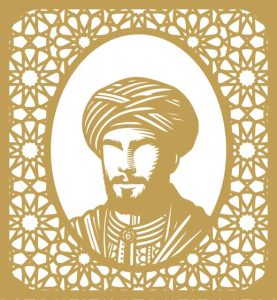
Abu Yaqub Yusuf an-Nasr
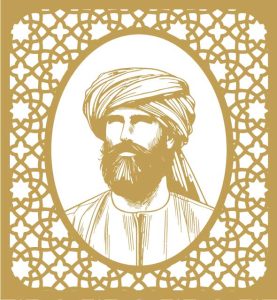
Abu Thabit Amir
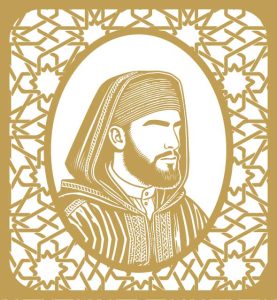
Abu al-Rabi Sulayman
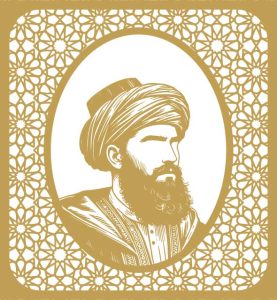
Abu Sa'id Uthman II
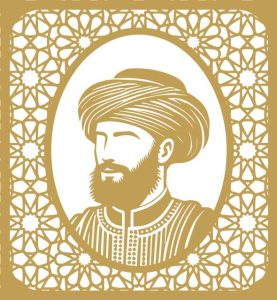
Abu al-Hasan Ali
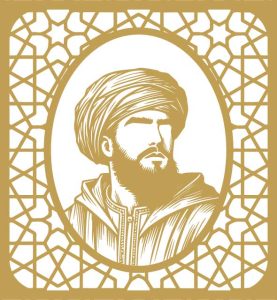
Abu Inan Faris

Abu Zayyan Muhammad

Abu Faris Abdul Aziz I

Muhammad as-Said

Abu al-Abbas Ahmad

Abu Amir Abdallah

Abu al-Abbas Ahmad (restored)

Abu Faris Abdul Aziz II

Abu Said Uthman III


